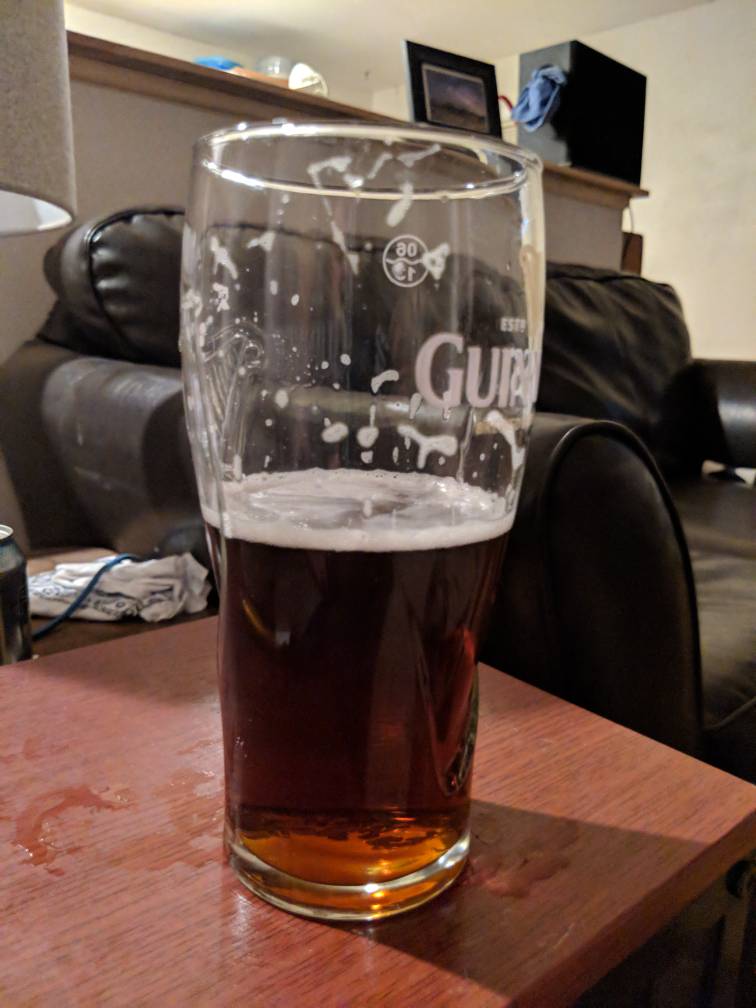Just bottled my first warm fermented lager using 34/70, temp plateaued at 66 during active fermentation. Planning to lager in the bottle after normal bottle conditioning. So far disappointed in the flavor, especially when had next to Prost Pils, which is a delicious local pilsner from a German style brewery. Some hops were noticeable, sulfur that was abundant during fermentation was gone, and there were no solvent or fruity flavors, very clean, yet there is a pronounced astringency (different from hop bitterness) and the flavor was somewhat dull. Hoping biofine, conditioning, and lagering will fix it. There was a nice honey-like pilsner malt flavor lurking underneath, but very faint. Here's the recipe:
Title: 72 Hour Hold
Brew Method: BIAB
Style Name: German Pils
Boil Time: 60 min
Batch Size: 2.5 gallons (fermentor volume)
Boil Size: 3.5 gallons
Boil Gravity: 1.036
Efficiency: 80% (brew house)
STATS:
Original Gravity: 1.050
Final Gravity: 1.010
ABV (standard): 5.27%
IBU (tinseth): 46.19
SRM (morey): 3.73
FERMENTABLES:
4 lb - German - Pilsner (97%)
2 oz - German - Melanoidin (3%)
HOPS:
1 oz - Hallertau Hersbrucker, Type: Pellet, AA: 3.1, Use: First Wort, IBU: 26.77
2 oz - Hallertau Hersbrucker, Type: Pellet, AA: 3.1, Use: Boil for 10 min, IBU: 19.41
MASH GUIDELINES:
1) Infusion, Temp: 156 F, Time: 60 min, Amount: 2 gal
YEAST:
Fermentis / Safale - Saflager - German Lager Yeast W-34/70
Starter: No
Form: Dry
Attenuation (avg): 83%
Flocculation: High
Optimum Temp: 48 - 72 F
Rebrewing on Friday and gonna try a cooler but still warm temperature with Tradition instead of Hersbrucker, and no Melanoidin. Also Brewtan B.



